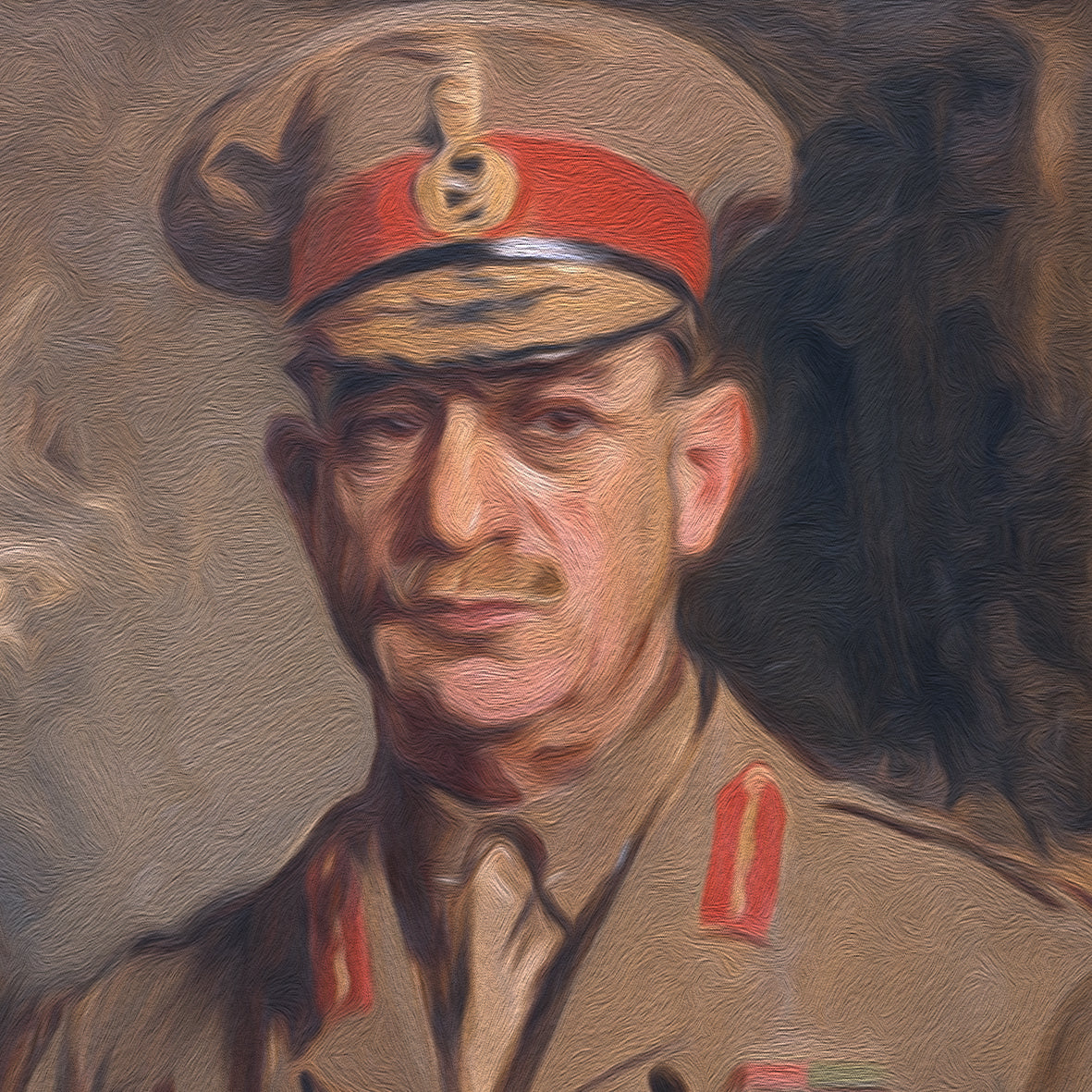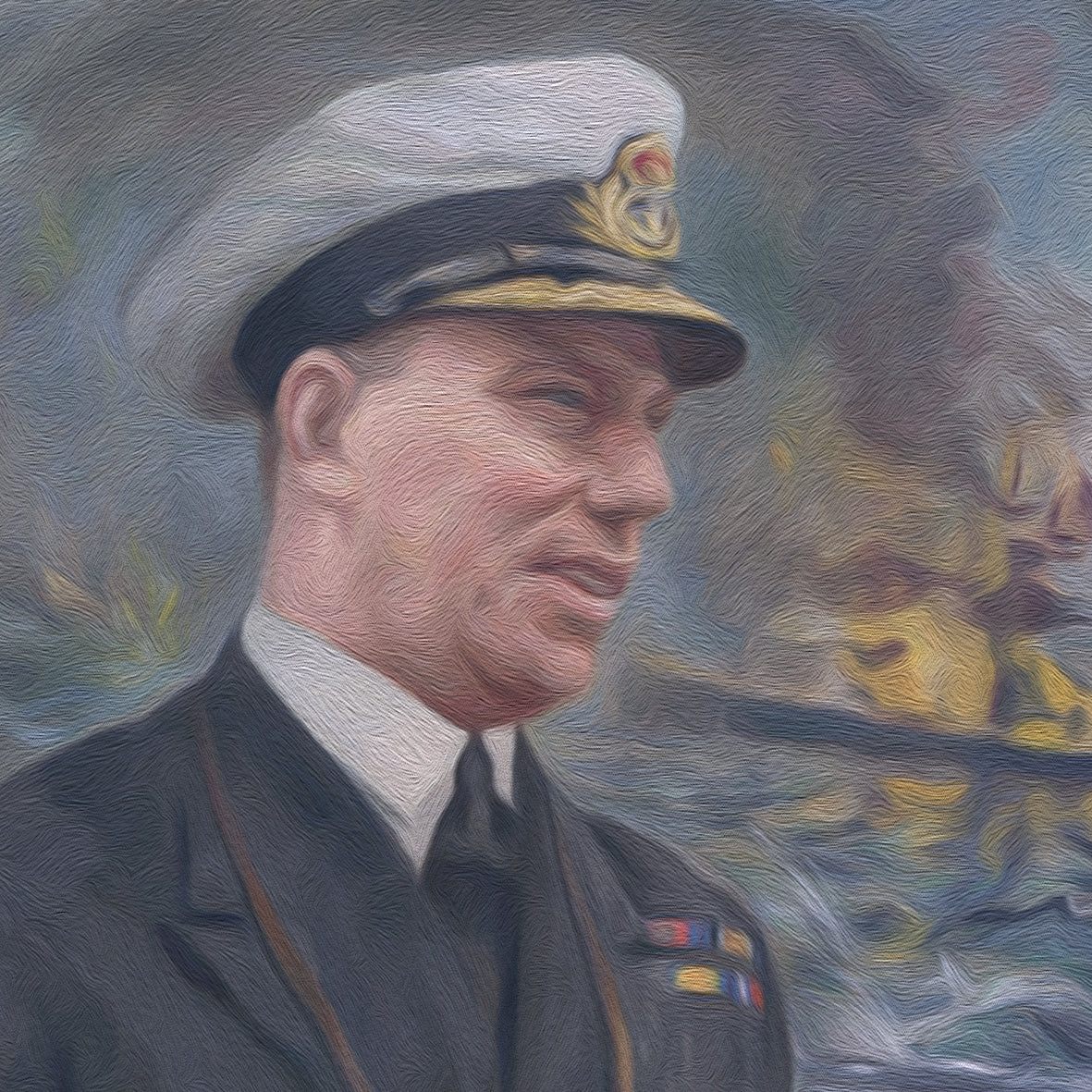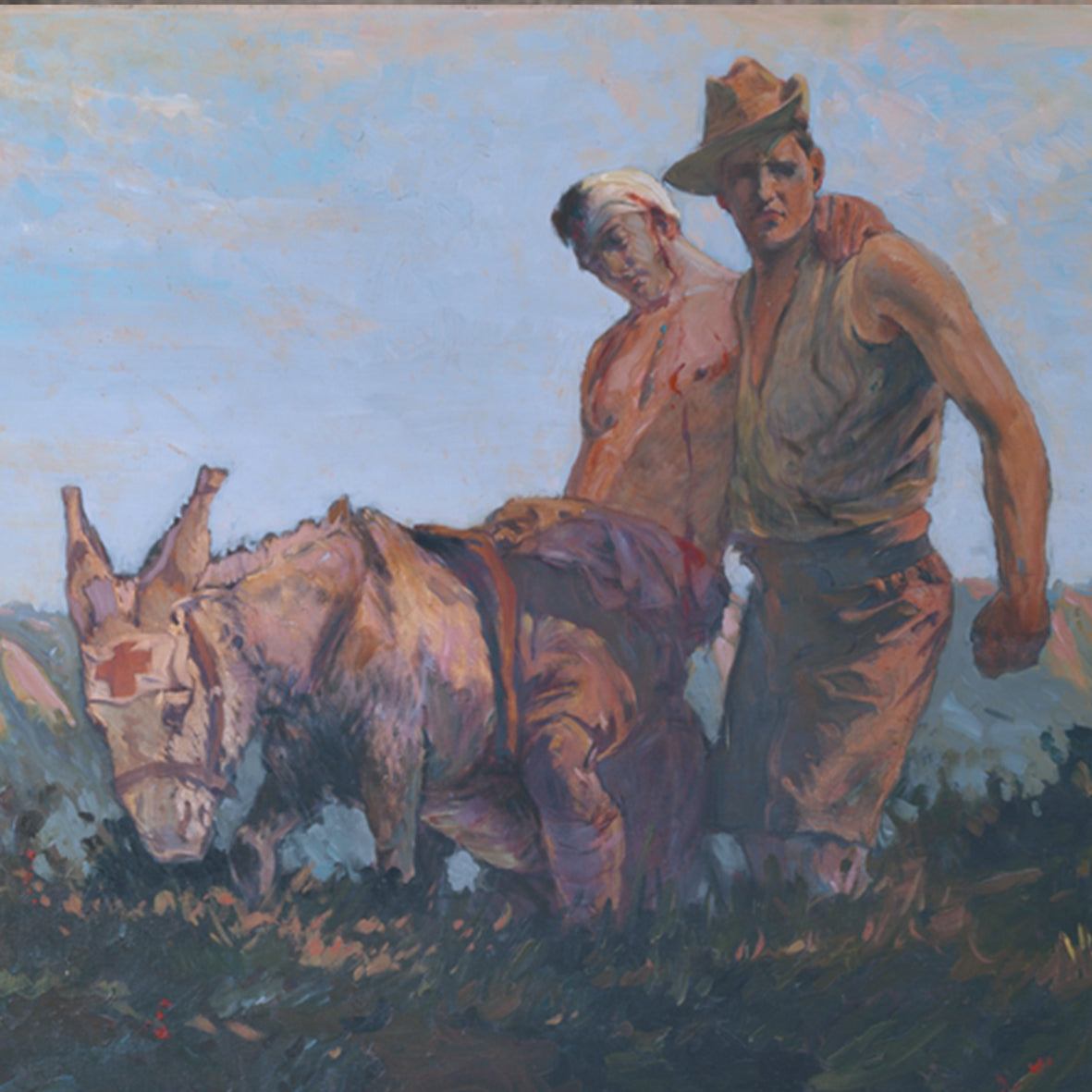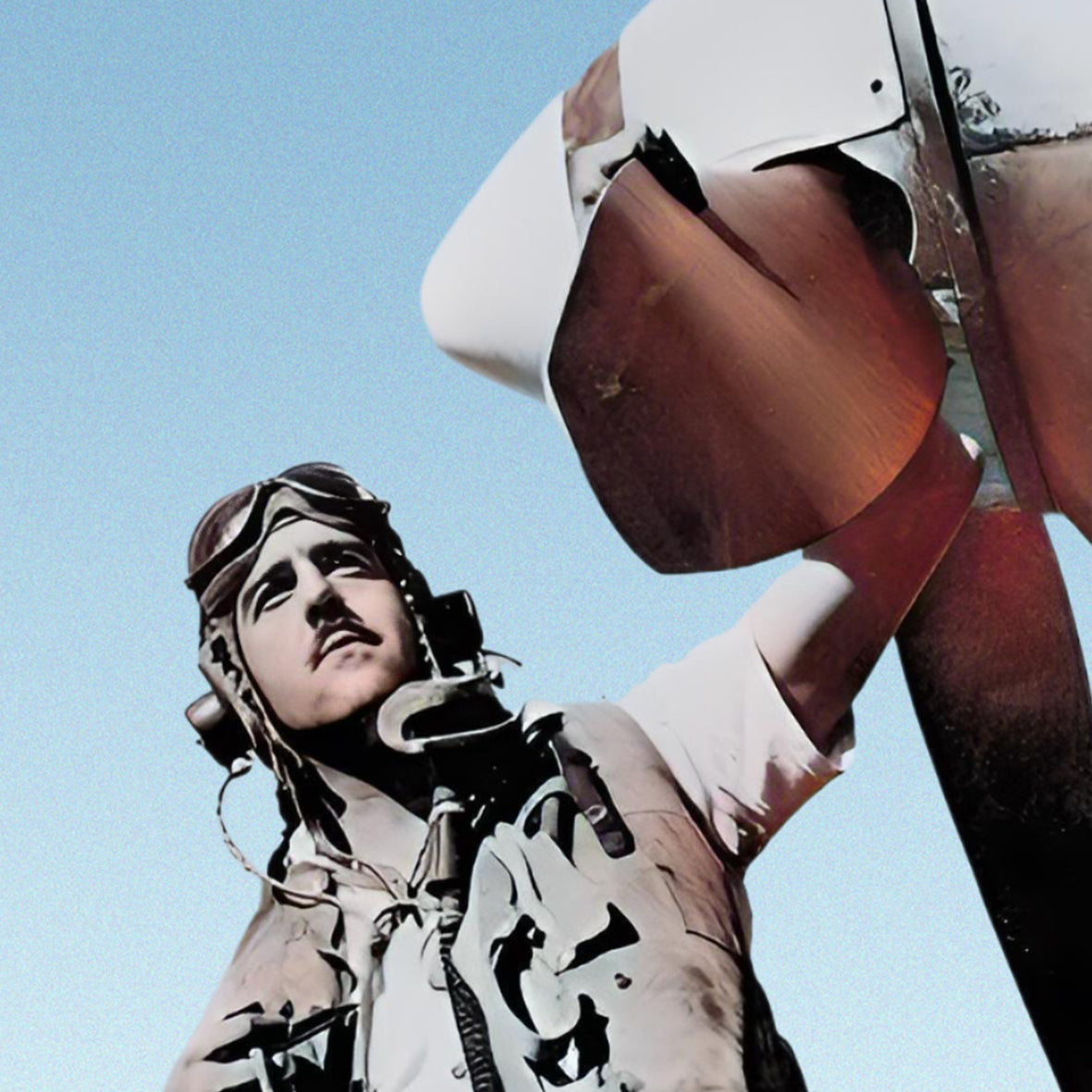The Defenders

John Monash –
John Monash was a successful civil engineer before joining the Army. Monash was involved in Gallipoli and France action before in June 1918 being promoted Lieutenant General and commander Australian Corps. In the Battle of Amiens, the Australian Corps spearheaded the allied attack, resulting in the first decisive win for the British Army of the war, causing the Germans to realise the war was lost. Similar victories followed with success at the Battle of the Hindenburg Line ending the war. Monash effectively created modern combined arms warfare by integrating artillery, infantry, armour, aviation, and logistics through meticulous planning and execution.

Hector Waller –
Hector Waller graduated from RAN Naval College in 1917 in time to see service at the end of World War I. At the outbreak of World War II Waller captained HMAS Stuart and commanded the 10th Destroyer Flotilla in a range of successful battles in the Mediterranean Sea including sinking two Italian destroyers. Transferred to HMAS Perth in the Pacific in 1942, Waller attacked a much larger Japanese invasion fleet, Perth and USS Houston sank four Japanese transports and a minesweeper before they themselves were sunk losing 350 of 680 crew including Waller. Waller was regarded as “the outstanding officer of his generation.”

John Simpson Kirkpatrick –
John Simpson Kirkpatrick was born in England to Scottish parents and worked with donkeys in his youth. In 1909 he joined the British merchant navy and in 1910 deserted ship in NSW and travelled Australia. Simpson enlisted in the Australian Imperial Force in 1914 as stretcher bearer – a role for physically strong men. During the Gallipoli campaign Simpson used at least five donkeys to carry an estimated 300 injured soldiers to medical care. Then Colonel John Monash noted “Simpson knew no fear and moved unconcernedly amid shrapnel and rifle fire.” On 19 May 1915 Simpson was killed by machine gun fire.

Clive Caldwell -
Clive Caldwell born in Sydney 1911 joined the RAAF in 1940 as a pilot and flew in the North African campaign, mainly in P-40 Tomahawks. His first victory was against a Bf109E, and he would claim 22 victories including 5 in one day in North Africa. Recalled to defend Australia against Japanese air raids, he was placed in charge of No 1 Fighter Wing equipped with three squadrons of Spitfires. Caldwell would claim a further 6.5 Japanese aircraft resulting in a tally of 28.5 enemy aircraft destroyed – Australia’s highest. Post-war he led a successful importing company in Sydney.
